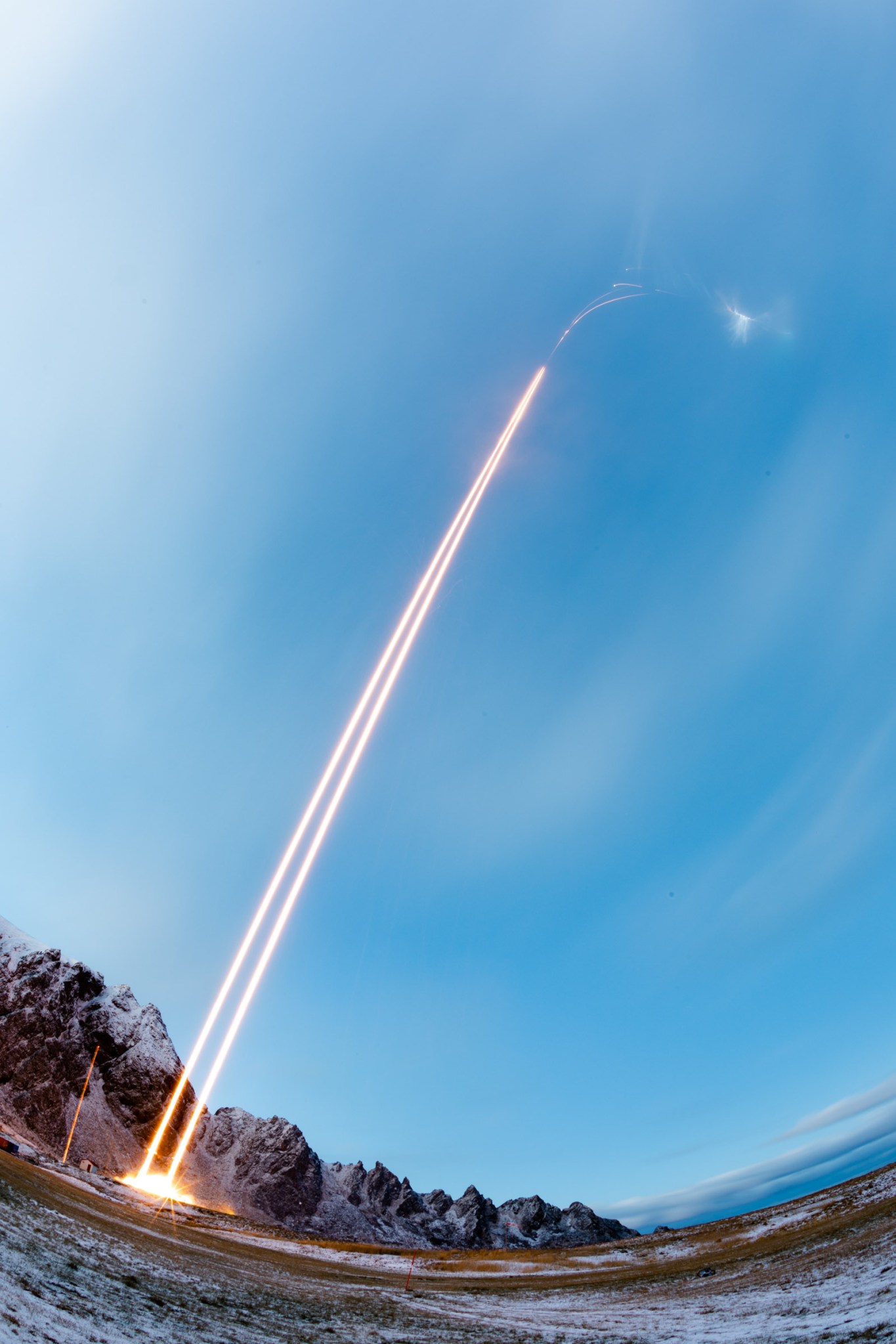
When it comes to discoveries about our upper atmosphere, it pays to know your surroundings.
Using data from the Twin Rockets to Investigate Cusp Electrodynamics (TRICE-2) rocket launch, NASA scientist Francesca Di Mare and Gregory Howes from the University of Iowa studied waves traveling down Earth's magnetic field lines into the polar atmosphere. These waves were known to accelerate electrons, which pick up speed as they "surf" along the electric field of the wave. But their effect on ions - a more heterogenous group of positively charged particles, which exist alongside electrons - was unknown.
By estimating the ion mixture they were flying through - predominantly protons and singly-charged oxygen ions - the scientists discovered that these waves were accelerating protons as they circle about the Earth's magnetic field lines as well as electrons as they surf the waves. The findings reveal a new way our upper atmosphere is energized.






